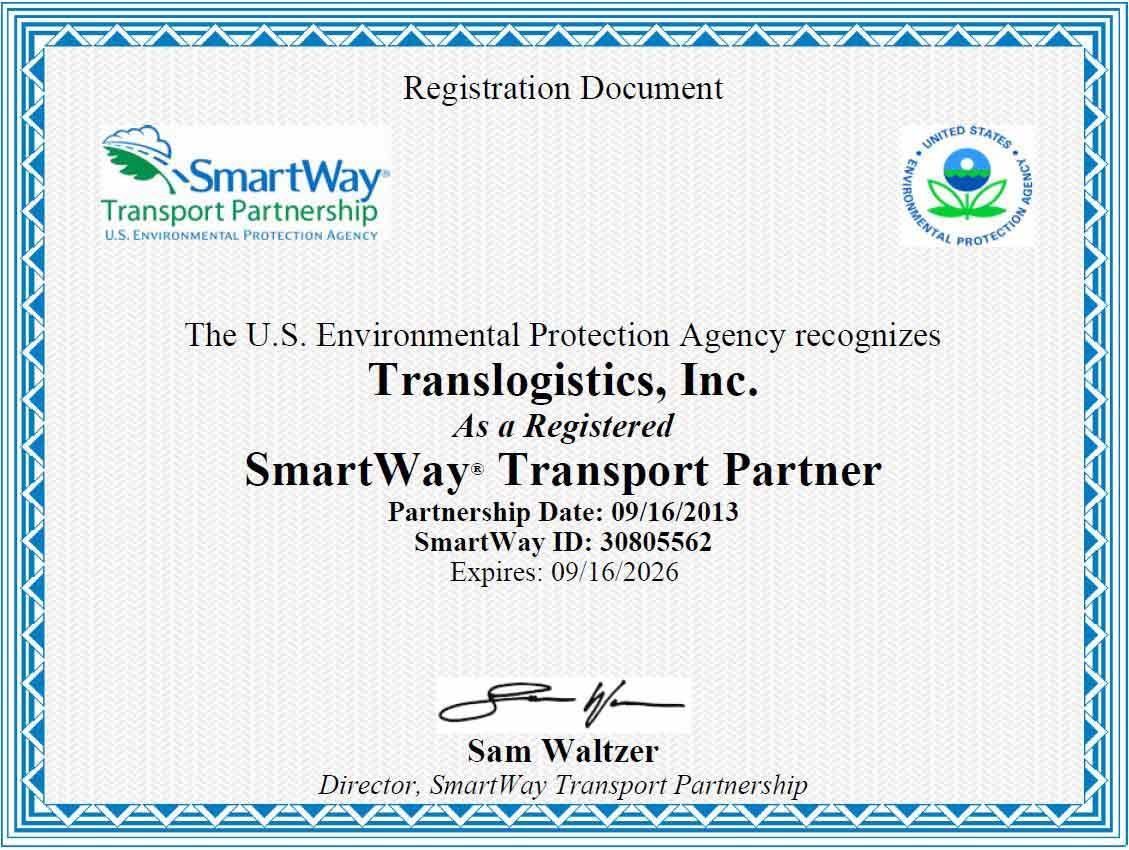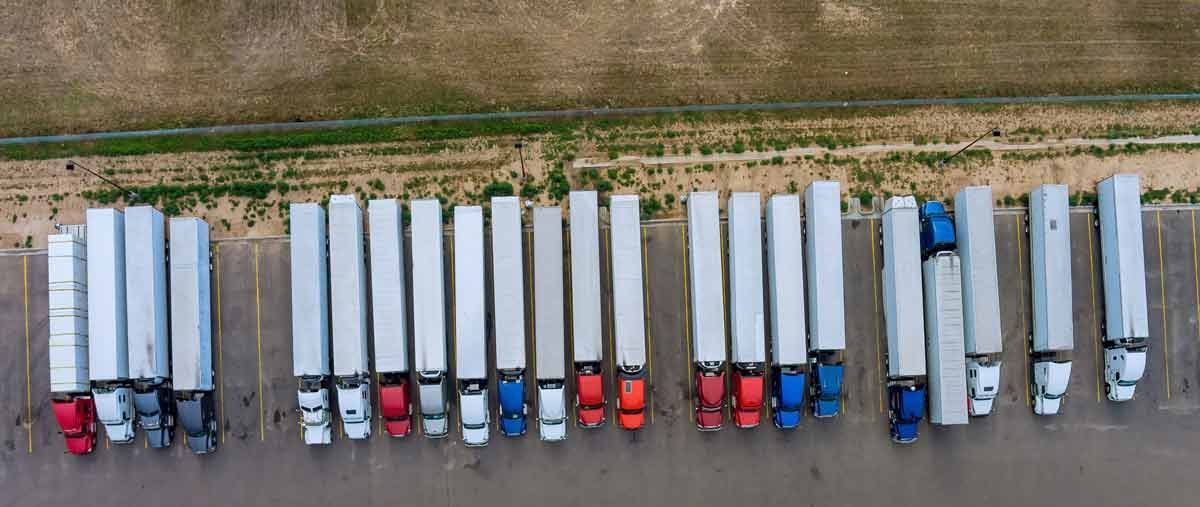Freight Shipping
Freight Shipping: Backbone of Global Trade
Freight shipping plays a crucial role in facilitating the transportation of goods, ensuring the availability of products and resources worldwide. This educational article aims to demystify the concept of freight shipping, highlighting its significance, key players, and the processes involved.
What is Freight Shipping?
Freight shipping, also known as cargo shipping or logistics, refers to the transportation of goods, merchandise, or commodities from one location to another, typically over long distances. It involves the movement of goods through various modes of transport, including ships, airplanes, trucks, trains, and sometimes a combination of these methods. Freight shipping enables the efficient and cost-effective movement of goods across international borders and helps sustain global trade.
Key Players in Freight Shipping:
- Shippers: Shippers are individuals, companies, or organizations that send or consign goods to be transported. They can be manufacturers, wholesalers, retailers, or even individual consumers.
- Freight Brokers: 3PL Freight Brokers act as intermediaries between shippers and carriers, coordinating the logistics routing and arranging the transportation of goods. They handle documentation, freight bill audits, transportation RFQs and often provide additional services such as TMS system access, warehousing, and insurance.
- Carriers: Carriers are the companies or individuals responsible for physically transporting the goods. They operate a fleet of vehicles, vessels, or aircraft and ensure the safe and timely delivery of the cargo.
Modes of Freight Shipping:
- Ocean Freight: Ocean freight shipping is one of the most common methods for transporting large volumes of goods internationally. Ships, such as container vessels, bulk carriers, or tankers, transport goods in standardized shipping containers, making it cost-effective and suitable for a wide range of products.
- Air Freight: Air freight shipping is known for its speed and efficiency. It is often used for high-value or time-sensitive goods, allowing rapid delivery to distant locations. Cargo planes transport goods in dedicated containers or as loose cargo within the aircraft's cargo hold.
- Road Freight: Road freight shipping involves the transportation of goods by trucks or lorries over land. It is commonly used for shorter distances or as a feeder service to transport goods to/from ports or airports. Road freight provides flexibility in terms of access to various destinations and enables door-to-door delivery.
- Rail Freight: Rail freight shipping is an efficient mode of transportation for large quantities of goods over long distances, particularly within continents or countries with extensive rail networks. Trains carry freight in specialized containers or open wagons, providing cost savings and environmental benefits compared to road transport.
Freight Shipping Process:
- Booking and Documentation: The shipper contacts a freight broker like TLI to book the transportation of goods. Essential documentation, such as commercial invoices, bill of ladings, packing lists, and customs paperwork, is prepared to comply with regulatory requirements.
- Pickup and Packaging: The goods are collected from the shipper's location and appropriately packaged, ensuring their safety and protection during transit. Packaging methods vary depending on the nature of the goods and the chosen mode of transportation.
- Transportation and Tracking: The carrier transports the goods to the designated destination using the selected mode of transport. Advanced tracking systems allow shippers and consignees to monitor the location and status of their cargo throughout the journey.
- Customs Clearance: If the goods cross international borders, customs clearance procedures are conducted to comply with import/export regulations. Customs brokers or freight forwarders assist in handling the necessary paperwork, duties, and inspections.
- Delivery and Distribution: Upon arrival at the destination, the goods are unloaded and delivered to the consignee's specified location. In some cases, the goods may go through additional distribution processes to reach their final destination, such as warehousing, sorting, or local transportation.
Freight Shipping Summary:
Freight shipping management is the backbone of global trade, enabling the efficient movement of goods across vast distances and international borders. Understanding the key players, modes of transport, and the shipping process helps appreciate the complexity and significance of this essential industry. By facilitating the flow of goods worldwide, freight shipping contributes to economic growth, fosters international cooperation, and ensures the availability of products that enrich our daily lives.
TLI Insights
Get the latest logistics insights and tips from TLI's award-winning team. Stay ahead in transportation planning.
Questions? Email us at marketing@shiptli.com




